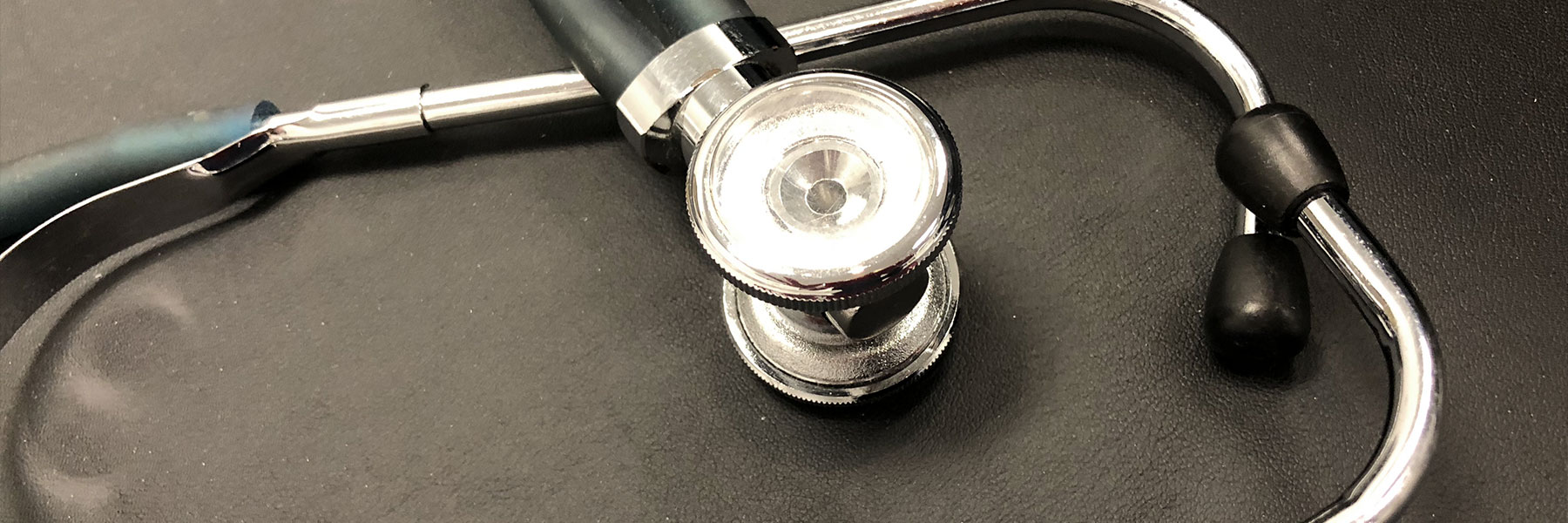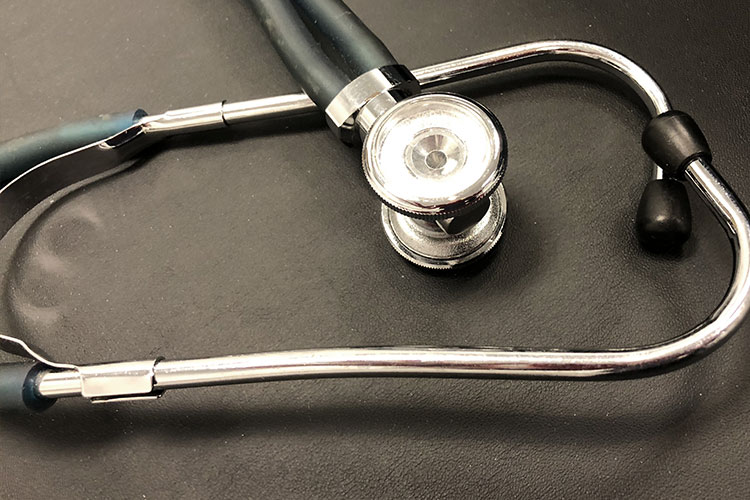




A biometric screening captures key health data to identify individuals at risk for health issues such as diabetes, high cholesterol, etc. The goal of administering screenings is to reduce health risks, improved health, reduction in healthcare costs and improved workforce productivity².
Screenings will offer one of two testing options; finger stick or venipuncture4.
When employers offer biometric screenings to their employees, they are administered in one of three ways; onsite, offsite or via physician fax forms. Many organizations employ a combination of the methods to best reach all employees. For example, one client we work with utilizes a blend of onsite and physician fax forms. This allows employees to choose which method works best for them as some individuals prefer to work exclusively with their physician; others may not be comfortable having their blood drawn at the worksite.
Details on each method and the types of organizations that use each.
There is a wealth of value for employers and their employees to offer biometric screenings. Having employees “know their numbers” gives powerful education and tools to the individual. When an individual learns more about their health status and high-risk health behaviors, they can work with a coach to teach/educate them to implement a healthy lifestyle and take charge of their health improvement6. Employers can also customize their screening to meet the specific needs of their employees. In addition, they provide a bigger picture of an individual’s health and well-being, screenings can be combined with a health risk assessment.
It is important to consider adding a one-time consultation with a health coach following the biometric screenings. These sessions will allow employees a venue to understand their results and risk factors (if any) and equip them with the tools needed to make health improvement based on their results. The screenings can be conducted either telephonically or face-to-face and can be performed at the screening if using the fingerstick method or within two weeks of the screening if utilizing the venipuncture method.
Offering biometric screenings to employees provides the organization with aggregate data of their population to understand future health risk costs. This data does not illustrate immediate costs but what could be expected in the future (often projections are a minimum of 3 to 5 years in the future).
This aggregate data equips the organization with the information needed to make changes and additions to culture and wellness programs to better meet the needs of their population. When doing this, most organizations will see a positive return on investment (ROI). This ROI is due to lower long-term benefit costs; keep in mind this ROI can only be realized when organizations use the data to create a comprehensive wellness program for their staff.
In addition, research shows improved resilience and high productivity can be realized when biometric screenings, as part of a comprehensive program, are implemented7.
In summary, biometric screenings are an important component in an overall wellness program for both the organization and its’ employees. Improving the health of employees by providing them with health data, offering essential tools and education and having the data to predict future health concerns and costs will truly help move the needle in workplace wellness.
It is important to recognize that biometrics screenings alone are not effective and should not define a good workplace wellness program. Biometrics are most beneficial when organizations use the data to design a comprehensive wellness program¹.
Resources:
¹ https://www.heart.org/en/professional/workplace-health/health-screening-services/employers-are-increasingly-using-workplace-health-screenings
² http://www.onsitehealthdiagnostics.com/biometric-screenings/
4 https://uswellness.com/Biometric-Health-Screening-Services
5 https://www.huffingtonpost.com/entry/fingerstick-vs-blood-draw-which-biometric-screening_us_598dc2f0e4b063e2ae057ef7
6 https://www.forbes.com/sites/alankohll/2018/02/27/are-you-measuring-the-real-impact-of-your-employee-wellness-program/#1b68104d23b5
7 http://solutionsforyourwellness.com/biometric-screenings-their-importance-in-the-workplace/ & https://www.wellworksforyou.com/blog/bid244730the-benefits-of-biometric-screening-for-employees/